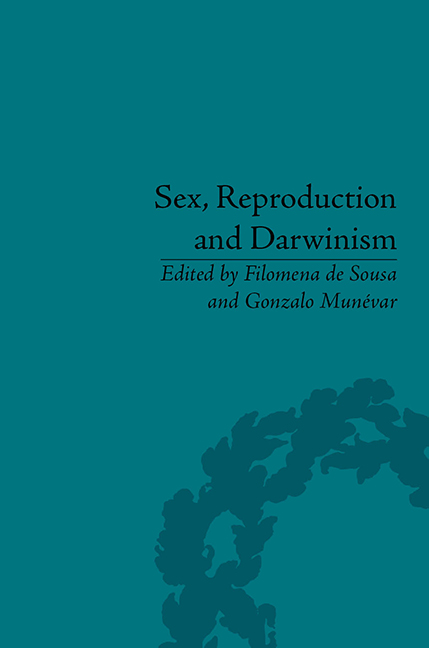Book contents
- Frontmatter
- CONTENTS
- Acknowledgements
- List of Contributors
- List of Figures and Tables
- Introduction
- Part I Reproduction, Mortality and Evolution
- Part II Reproduction without Sex?
- 3 The Genomic Consequences of Asexual Reproduction
- 4 Evolution and Illusion
- Part III Sex without Reproduction?
- Part IV Sexual Selection and Morality
- Part V Sex, Reproduction and Evolutionary Psychology
- Part VI Eugenics from Natural to Social Selection
- Notes
- Index
4 - Evolution and Illusion
from Part II - Reproduction without Sex?
- Frontmatter
- CONTENTS
- Acknowledgements
- List of Contributors
- List of Figures and Tables
- Introduction
- Part I Reproduction, Mortality and Evolution
- Part II Reproduction without Sex?
- 3 The Genomic Consequences of Asexual Reproduction
- 4 Evolution and Illusion
- Part III Sex without Reproduction?
- Part IV Sexual Selection and Morality
- Part V Sex, Reproduction and Evolutionary Psychology
- Part VI Eugenics from Natural to Social Selection
- Notes
- Index
Summary
Illusion, Appearance and Reality
Evolution and illusion are well known concepts. This creates a difficulty in their understanding. When well known, and in no apparent need of clarification, hidden differences are masked in our subtly differing understandings, which may undermine communication. Of the two, it is perhaps illusion that is more in need of clarification on this count.
Illusions are appearances that deceive us. This much is commonly understood. How they deceive us gives two different conceptions of illusion. In modern philosophy, and more generally in modern thought, illusion is taken to be primarily a subjective or a psychological error as to what is out there, a distortion of the senses, or of our perceptual apparatus. René Descartes endorsed a strict dualism of mind and matter. The mechanical universe excludes all non-mathematical, qualitative phenomena, i.e., such things as colours, sounds, smells, tastes, and also such aspects of things as their forms, species and purposes. A mind, within which such qualities are perceived, may find that these ‘inner’ qualities misrepresent things that are really there in the external world, i.e., in the mechanical universe. Illusions on this account are unreal and subjective. Even if we do not subscribe to Cartesian dualism, we should acknowledge such perceptual illusions. Our interest, however, is in another and older tradition of understanding deceptive appearances and illusions.
- Type
- Chapter
- Information
- Sex, Reproduction and Darwinism , pp. 61 - 76Publisher: Pickering & ChattoFirst published in: 2014



